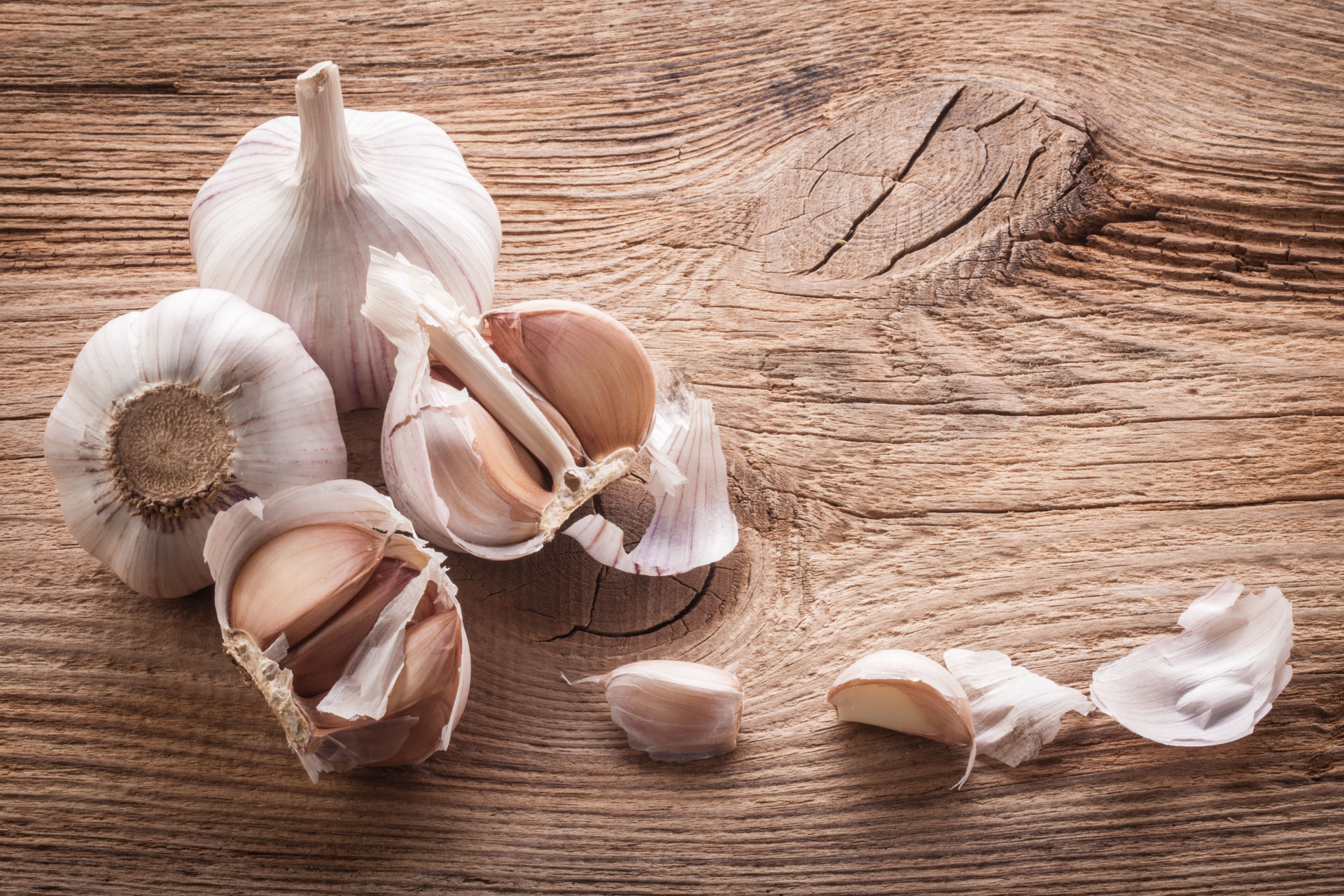One week into the programme – I hope you are feeling the benefits now. I look forward to seeing some of you later today (2pm) at my home. Any relevant information for those unable to attend will be posted.
I´ve often spoken about colourful foods, but today we focus upon white foods and detoxification
Detoxification is associated with your spirit and the color white. Your liver is your primary organ responsible for detoxification and as you know, your body’s detoxification system removes waste and toxic substances from your body. It involves metabolic processes through which toxins are converted into compounds that are ultimately less toxic and more easily excreted. As a reminder, DEOTIXIFICATION can be nutritional, and it also refers to the metabolism of drugs, waste products from your normal metabolism and from gut bacteria, and pollutants. It can even include emotionally toxic experiences, relationships, and thoughts.
White foods that support your spirit and detoxification include:
Cauliflower
- Cauliflower is a rich source of glucosinolates, sulphur-containing phytonutrients that have antioxidant and anticancer activity.
- Glucosinolates can upregulate the activity of phase II detoxification enzymes. This phase can often be slow relative to phase 1 and usually requires more support.
- Select cauliflower that is clean with a creamy white color. It should have a compact-looking curd without separated buds. Heads of cauliflower that are surrounded by thick green leaves will be fresher, and while the cauliflower florets are the part of the plant we are most familiar with eating, the stems and leaves are edible too.
Garlic
- Garlic has antioxidant properties that can benefit liver and kidney function.
- Garlic is a rich source of organosulphur compounds. It has antioxidant, anti-inflammatory, and liver-protecting effects
- Organosulfur compounds can upregulate genes and enzymes needed for detoxification
- The active component in garlic that provides health-promoting properties is allicin
- Fresh garlic is more flavorful and will provide maximum nutritional benefits. Select garlic that is plump with unbroken skin; it should feel firm and not be damp. Avoid purchasing garlic that is soft, moldy, or sprouting.
Examples of other white foods that support detoxification include coconut oil, onions, turnips, and parsnips.
Lets take a closer look at garlic which is very easy to add to many meals.
Garlic is a vegetable in the allium family and is therefore related to onions, leeks, scallions, and chives.
it has many biological activities including antibacterial, antifungal, antiviral, antiprotozoal, anti-inflammatory, antioxidant, anticancer, immunomodulatory, and antidiabetic activities. The main phytochemical in garlic is the sulfur-containing compound, allicin which gives garlic its distinctive smell and taste. Allicin is produced when the garlic clove is crushed or injured, and the enzyme alliinase, which is separated by thin membranes, is able to come into contact with alliin. Garlic also contains the phytochemicals quercetin, rutin, and gallic acid.
Garlic is also shown to improve hepatic steatosis (stagnation in the liver) in non-alcoholic fatty liver disease (NAFLD), which can lead to liver.
According to a research study from 2022, garlic use can reduce blood pressure, total cholesterol, LDL cholesterol, triglycerides, and inflammatory markers, and it can increase HDL cholesterol.
Garlic comes in three main forms – fresh, dried, and aged. Aged or black garlic is fermented at medium heat and high humidity for 30-40 days, and the result is a sweeter tasting garlic due to the reaction between sugar and amino acids. Despite being lower in allicin compared to fresh garlic, black garlic has strong antioxidant effects, though it is lower in anti-inflammatory and immune regulating activities compared to fresh garlic. Prolonged high temperatures could reduce the bioactive compounds in black garlic.
Alliinase activity is influenced by temperature, time, processing, pH, and the food matrix. Because heat destroys alliinase, allicin metabolites are decreased in garlic during cooking. However, allicin formed before cooking remains stable, and it may be best to allow fresh garlic to sit for up to 10 minutes after crushing to maximise antioxidant activity before cooking. Because garlic powder is dehydrated, pulverised garlic, it has similar alliinase activity to fresh garlic, though alliin content can vary by product, and much of the research on garlic powder uses capsules or tablets.
For therapeutic effects of garlic, it’s recommended to consume 2-4 grams of crushed raw garlic daily. If using other garlic products, it’s estimated that to obtain the same equivalence of allicin as 2 g of raw garlic, one would need to consume 11 g of boiled garlic, 5.9 g of roasted garlic, 8.5 g of acid-minced garlic, or 5.3 g of oil-chopped garlic.
A personalised approach is recommended based on individual circumstances.
Here is a list of different ways to incorporate garlic into the diet:
- Use fresh, raw garlic in salad dressings and sauces, like chimichurri and pesto
- Add crushed garlic to dishes like soups, stews, and stir fries
- Combine garlic with fish high in omega-3 fatty acids, as these two together have been shown to favourably improve blood lipids.
- Sprinkle garlic powder on roasted vegetables or kale chips
- Add fresh or dried garlic to tomato-based dishes to increase lycopene bioavailability
- Cook with the power-packed duo of onion and garlic, which both have active sulphur compounds that may help with blood sugar balance
- Experiment with black garlic in sauces, marinades.
- Save garlic skin, which contains phenolic compounds, to use in homemade broths.
Store fresh garlic in a cool, dark place with air circulation. Though many people discard sprouted garlic, it may have higher antioxidant activity after sprouting. Garlic powder should also be stored in a cool, dark place. As with other spices, portion garlic powder to a separate container before using it over a steaming dish, and discard the product if there is clumping or caking to minimise exposure to toxins from mold.
Garlic may interact with some medications including anticoagulants.
